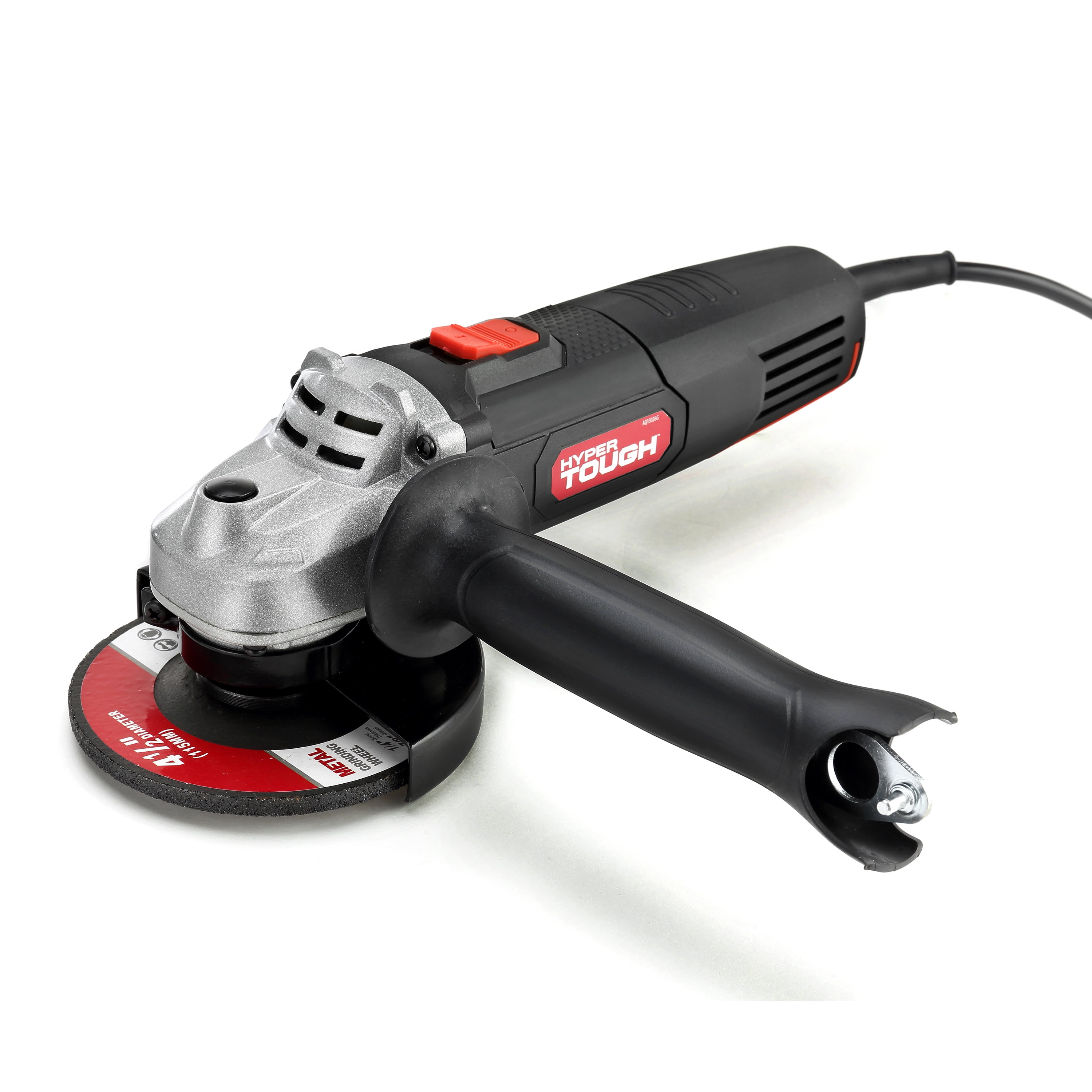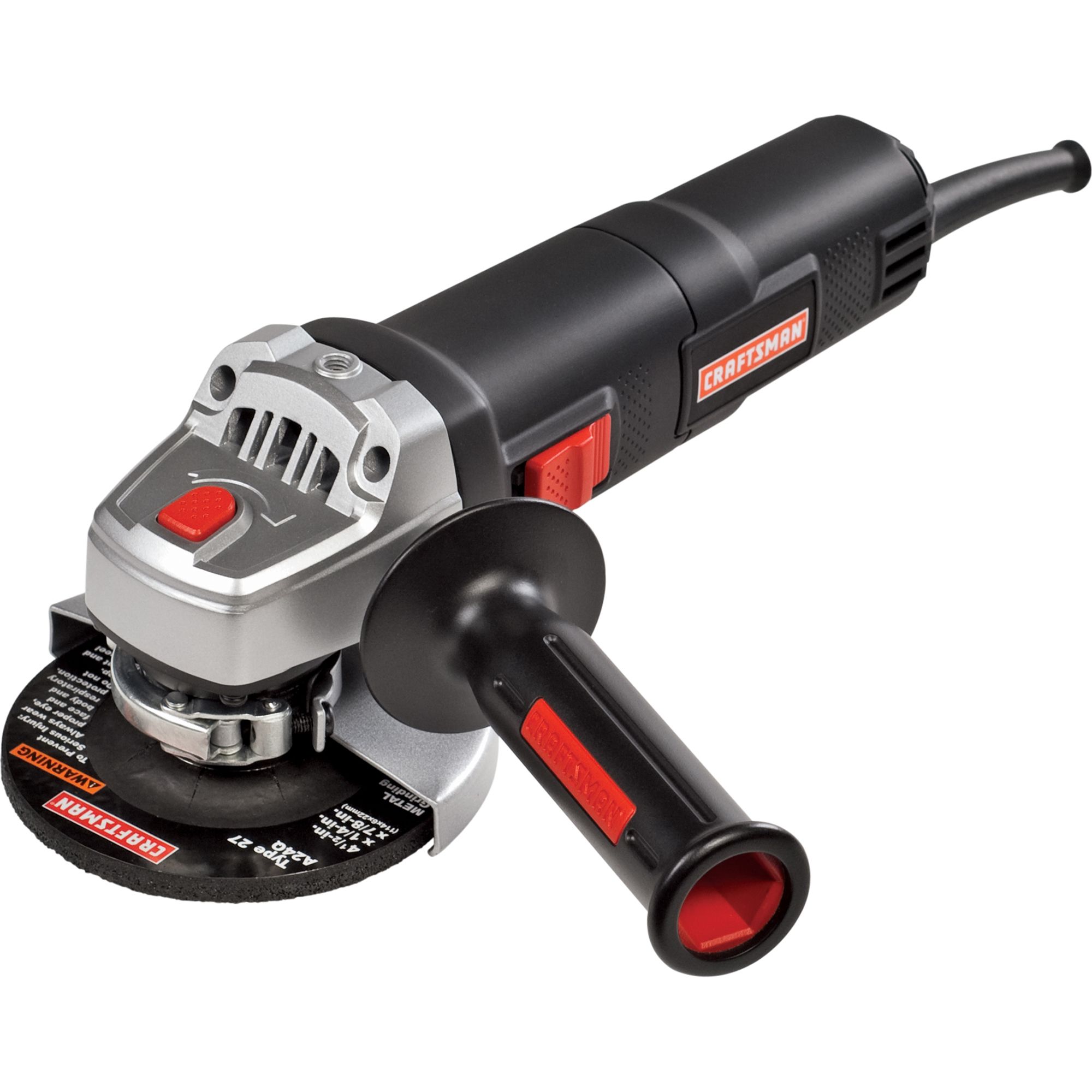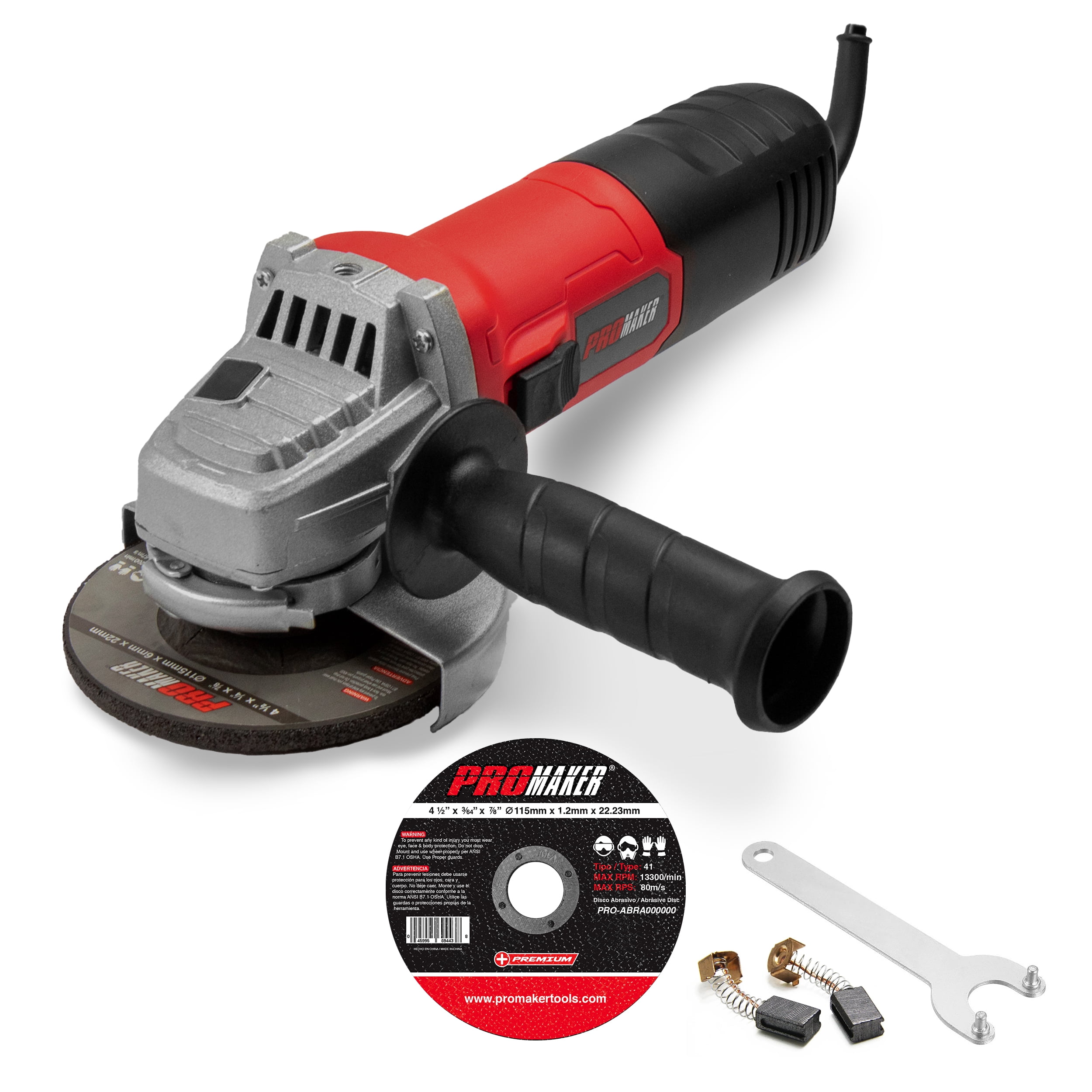Grinder Dance - Unpacking The Moves And The Machines
Movement, in its purest sense, holds a fascinating power to bring people together, to express feelings without a single word. It truly is a way we connect, crossing over different backgrounds and ways of life. From ancient rituals to modern street performances, the body tells a story that anyone can pick up on, creating a shared moment that feels quite special.
Within this vast world of physical expression, some moves stand out, drawing curious eyes and sparking conversations. One such move, that is, often catches attention for its unique blend of strength and fluidity, is what some call the "grinder dance." It's a particular kind of motion, sometimes known by other names, that involves a distinct circular pattern, almost like something turning around and around.
This specific type of movement, which, you know, can be seen in various forms of street and freestyle dance, carries with it a sense of playful challenge and a bit of a physical puzzle to solve. It’s a core piece for many who enjoy breaking away from traditional steps, offering a base for even more intricate body work. So, we're going to take a closer look at this interesting dance, its basic ideas, and, perhaps surprisingly, how the very idea of "grinding" shows up in other parts of our lives, too it's almost.
- Aulii Cravalho Tits
- Evie Sundress
- Cabrillo Beach House
- Bea Decor
- Consulado General De La Republica Dominicana Washington Heights
Table of Contents
- What is the Grinder Dance, Really?
- How Does Movement Become an Art Form?
- What Makes a Good Grinder (Tool) for the Hobbyist?
- Are There Similarities Between Craft and Choreography?
What is the Grinder Dance, Really?
When people talk about the "grinder dance," they're often referring to a particular set of moves that come from breakdance and hip hop styles. It’s a physical motion that, you know, gets its name from how a machine might turn and churn. This dance involves the body moving in a circular fashion, often low to the ground, giving the impression of something working away, almost like a spinning part of a machine. It's a foundational element for many who are just starting to learn these kinds of freestyle movements, providing a solid base for building more complicated sequences. The way it looks, with someone’s legs sweeping around, really brings to mind the action of a tool.
This particular motion, often called the "coffee grinder," or sometimes the "helicopter," is basically a starting point for anyone getting into breakdancing. It sets the stage, you could say, for all sorts of other, more intricate body work and spins. It’s a move that, like, you learn early on, and it helps you get a feel for how your body can move in relation to the ground. The idea is to keep things flowing, to make it look smooth, even though it takes a good bit of muscle and control. It’s a pretty good example of how a simple, repeated action can become a building block for something much bigger, and that, is that, really cool.
The "Coffee Grinder" - A Foundational Grinder Dance Move
The "coffee grinder" move, as a matter of fact, is one of those key pieces of breakdancing. It's often one of the first things someone learns when they’re getting into this kind of dance. It teaches you how to keep your body low and how to use your legs to make a sweeping, circular path. This motion, which, you know, looks a bit like a helicopter blade spinning, requires you to support your weight while one leg swings around your body. It’s a move that helps build strength in your core and arms, and it also gets you used to the idea of continuous movement on the floor. It’s really about control and keeping a steady rhythm as you go around.
- Masiela Lusha Feet
- Raspberry Clothing
- Cameron Ray
- %D8%BA%D8%B2%D8%A7%D9%84 %D8%B1%D8%AC%D8%A8%DB%8C%D8%A7%D9%86
- Kaitlyn Miller
What’s interesting about this move is how it can be quite personal, yet it doesn’t have to feel awkward or "crunchy," as some might say. It’s about finding your own flow within the basic structure. You can make it look smooth and almost effortless with practice, letting your body just, you know, glide through the motion. It’s a testament to how a simple action, when performed with intention and a bit of a beat, can become something truly expressive. This basic step, in some respects, opens up a whole world of possibilities for more advanced tricks and combinations, making it a very important part of the breakdance vocabulary.
How Does Movement Become an Art Form?
Dance, as a whole, is a powerful way to communicate. It goes beyond spoken words and cultural differences, creating a shared connection that truly brings people together. When you watch someone move with purpose, whether it’s a formal ballet or a spontaneous street performance, there’s an immediate sense of understanding that washes over you. It’s a language everyone can speak, a feeling everyone can feel, and that, you know, is pretty amazing. The body becomes a tool for storytelling, for expressing joy, sorrow, strength, or just pure energy, and it does so in a way that resonates deeply with others. It's about taking raw physical motion and shaping it into something meaningful, something that stirs the soul.
Think about how different types of movement can tell a story. A dancer might use a series of quick, sharp motions to show anger, or long, flowing movements to convey peace. The way a body moves, the space it takes up, the speed at which it travels—all these things contribute to the message being sent. It’s a bit like painting with your body, where every gesture is a brushstroke. This transformation from simple movement to an expressive art form often happens through repetition, through practice, and through the addition of personal style. It’s not just about doing the steps; it’s about putting your own feeling into them, making them truly yours. And, you know, that’s where the magic really happens.
The Grinder Dance - More Than Just Spinning
The "grinder dance," while appearing to be a simple spinning motion, is actually much more than that. It’s a foundational piece that teaches control, balance, and how to use the ground as part of your movement. It requires a good bit of core strength to keep your body stable as your legs sweep around, and arm strength to support yourself. This isn't just about going in circles; it's about making those circles smooth, controlled, and visually appealing. It’s about the intention behind the movement, the way you carry yourself through the spin, and how you transition into and out of it. It’s a very specific kind of motion, and it really sets the stage for what comes next.
When someone performs the "grinder dance" with music, it takes on a whole new feel. The rhythm guides the speed and the flow, making the movement feel like a natural extension of the beat. It can be quite intimate, as the text suggests, in the sense that it’s a personal expression of rhythm and control, but it doesn’t have to be rough or awkward. The goal is to make it look effortless, almost like a natural part of the song. This blending of physical skill with musicality is what really elevates the "grinder dance" from a mere exercise into a form of expression. It’s a very cool thing to see when someone truly masters it, you know.
What Makes a Good Grinder (Tool) for the Hobbyist?
When you're making things, especially something like a knife, having the right tools makes a huge difference. For a hobbyist, a good grinder isn't just about brute force; it's about control, ease of use, and getting the kind of finish you want. Someone who spends time crafting things at home really looks for specific features in their equipment. Things like having a couple of tool arms, meaning places to attach different parts, and a direct drive with a variable speed control are pretty important. These features give you the ability to adjust how fast the belt moves, which is, you know, really helpful for different stages of a project. It’s about having the right feel for the material you’re working with, whether it’s metal or something else.
From a personal standpoint, some designs just stand out. For example, the value placed on Don Reeder's work, particularly his "Toobinator" grinder, is pretty high for some people. It's known for being fairly straightforward to put together, even if you only have basic welding skills. You can, apparently, use parts like wheels and platens from other grinder makers to complete it, making it a bit more flexible. The cost for new parts can be quite low, sometimes fifty bucks or even less, which is, honestly, a pretty good deal for someone getting started or looking to build their own setup. It’s about getting good quality without spending a fortune, which is, you know, what most hobbyists are looking for.
My Own Grinder Journey - A Personal Look at Grinder Tools
I’ve been on a bit of a journey with grinders myself, moving from what some might call a "baby belt grinder" to looking for something more capable. The question of how much is too much to pay for a particular model, like a Coote 2 x 72 x 10, even if it's slightly used and doesn't have a motor, is always on my mind. It’s about finding the right balance between cost and capability. My approach to making knives, for instance, starts with roughing out the shape using an angle grinder. Then, I move to hand filing and using a belt grinder to get the shape just right and to put the bevels in. Finally, a sharpening jig helps get that really keen edge. This process, you know, shows how different tools play different roles.
Speaking of tools, my experience with Pheer grinders has been quite positive. They offer a great deal, a good price, and a solid product, with a really good person behind the whole operation. It’s always nice when you feel like you’re getting something worthwhile from someone who cares about their craft. I’ve also spent time tinkering with my Reeder grinder, making some changes to the platen assembly. As someone who enjoys making tools and changing equipment for my hobby of knife making, it’s a natural thing to do. It’s about making the tools work better for your specific needs, which, you know, can be a pretty satisfying process.
I’ve also been looking for a surface grinder and came across one recently, wondering what others might think about it. It was listed as having one owner and being lightly used, which sounds promising. The discussion around compression versus tension springs in grinder designs is also interesting. My first grinder, for instance, was pretty similar to a KMG clone, and it used a tension spring. It’s these small details in design that, in a way, can make a real difference in how the machine performs. It’s about constantly learning and finding ways to improve your setup, which, you know, is part of the fun of any hobby.
One thing I’ve noticed is that a belt grinder doesn't always make the surface of a blade perfectly flat; you often see slight dips and swirls. But, the variable disc on some machines does a really good job of getting the surface true and even. This kind of setup runs much cooler, creates smoother surfaces, and because it has less drag, it can actually make your grinder feel more powerful than it might actually be. It’s a pretty good example of how subtle design choices can have a big impact on the feel and outcome of your work. It’s a very practical consideration for anyone serious about getting a smooth finish on their projects, you know.
Are There Similarities Between Craft and Choreography?
It might seem a bit odd to compare the careful work of making something with tools to the fluid movements of dance, but there are some interesting parallels. Both involve a kind of precision, a feeling for the right rhythm, and a deep connection to the material, whether that’s metal or your own body. When you’re shaping a piece of steel, you’re looking for a smooth, even surface, much like a dancer aims for a graceful, continuous flow in their movements. Both activities require a good bit of practice, a willingness to repeat actions until they feel natural, and an eye for detail. It’s about bringing an idea from your head into the physical world, making it real, and that, is that, a pretty common thread.
Think about the way a craftsman works with a grinder, slowly shaping a piece, taking off just a little bit at a time to get the perfect curve or angle. This is a very deliberate, almost rhythmic process. Similarly, a dancer practices a move, refining it step by step, making small adjustments to get the timing and the feel just right. Both are trying to achieve a particular outcome, a certain look or sensation, through repeated, focused effort. It’s a kind of conversation between the person and the medium, where each subtle adjustment influences the next. And, you know, there's a real satisfaction that comes from seeing your efforts take shape, whether it’s a finished blade or a perfectly executed dance move.
The Rhythm of the Grinder Dance and the Craft
So, we’re going to try to look at this idea of "grinding" really slowly, with some music, so you can start to get the concept of what grinding is, in both a physical and a more abstract sense. Imagine the steady hum of a machine, or the consistent motion of a body in a dance. There’s a rhythm there, a beat that guides the action. When you dance with a song, remember it can be very personal and close, but it doesn't have to be harsh or jerky. It’s about finding that smooth, continuous flow, just like you would want a smooth finish on a piece of metal. This idea of consistent, controlled motion is a key piece in both the physical dance and the act of working with tools.
The "grinder dance," with its circular, continuous motion, mirrors the idea of a tool working away, creating something through consistent effort. It’s a basic, yet powerful, movement that, you know, sets the stage for more complex actions. In the same way, a good basic grinder tool provides the foundation for more intricate crafting projects. Both require a certain kind of skill, a sense of timing, and an understanding of how small, repeated actions can lead to a significant result. It’s about finding the sweet spot, the point where effort meets ease, and where the process itself becomes a kind of art. And, honestly, there’s a real beauty in that, whether you’re spinning on the floor or shaping metal in your workshop.

Mini Grinder Tool

Sears.com

Promaker Power Angle Grinder 4-1/2 inch with one grinding wheels and